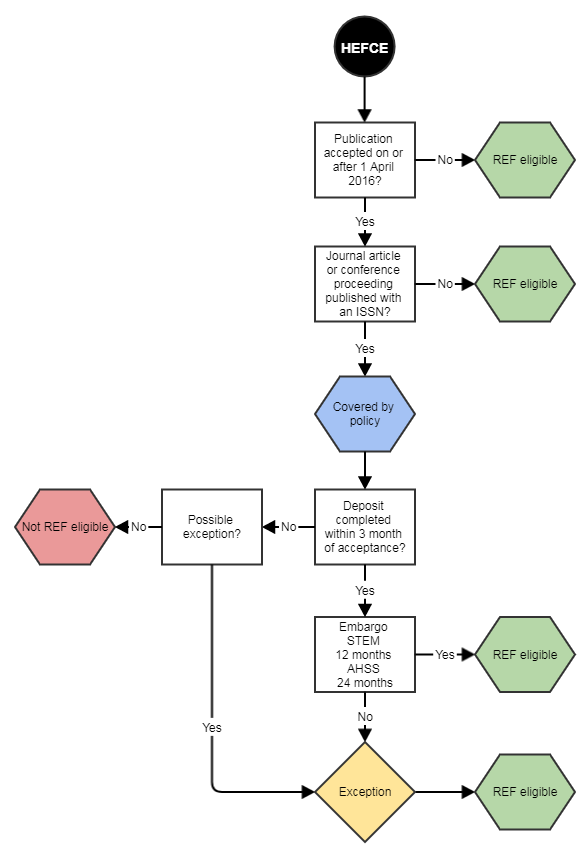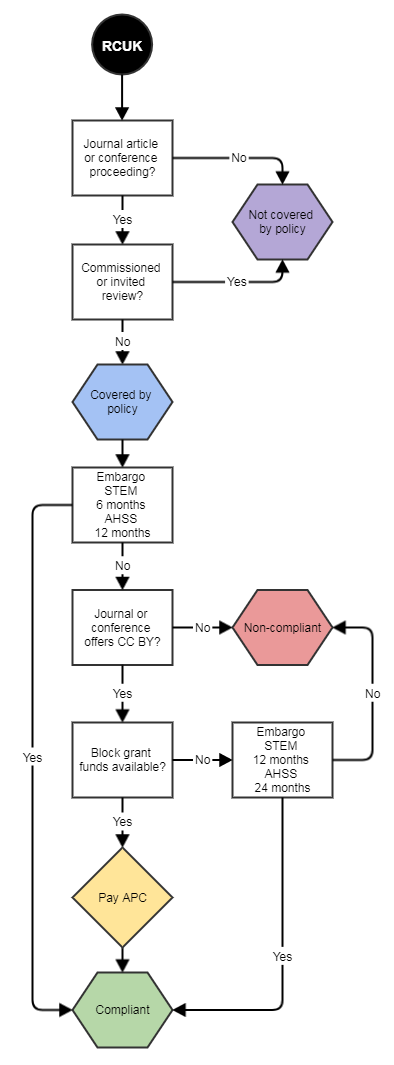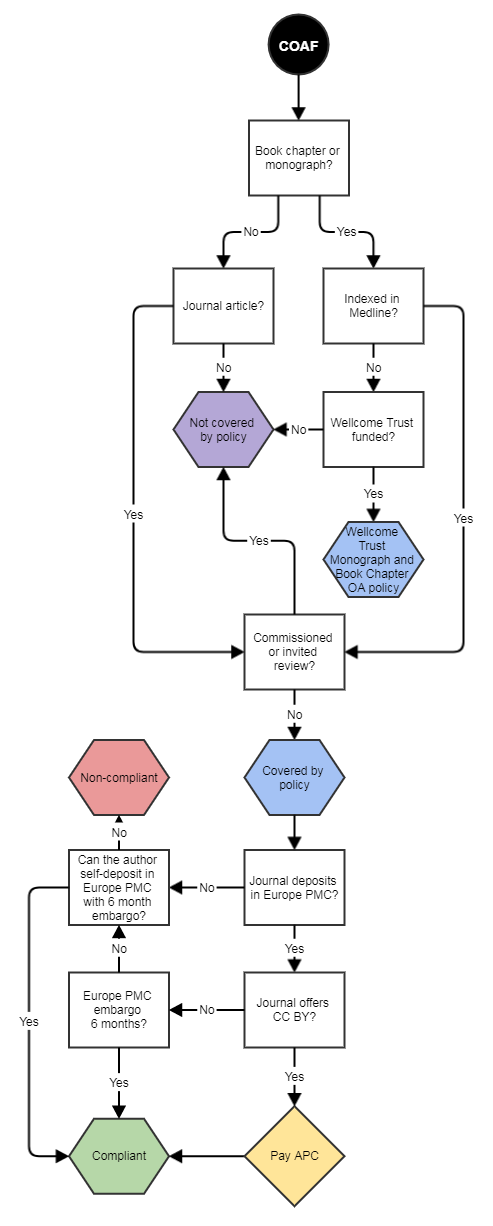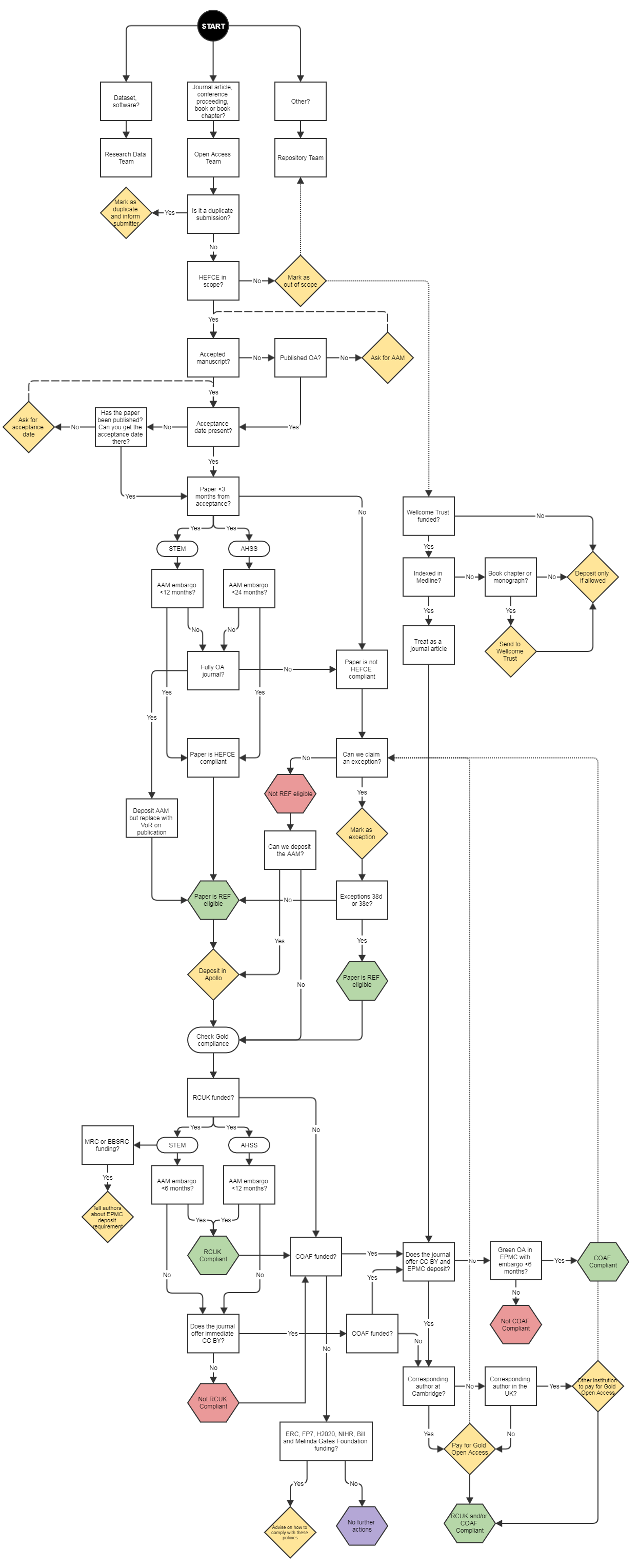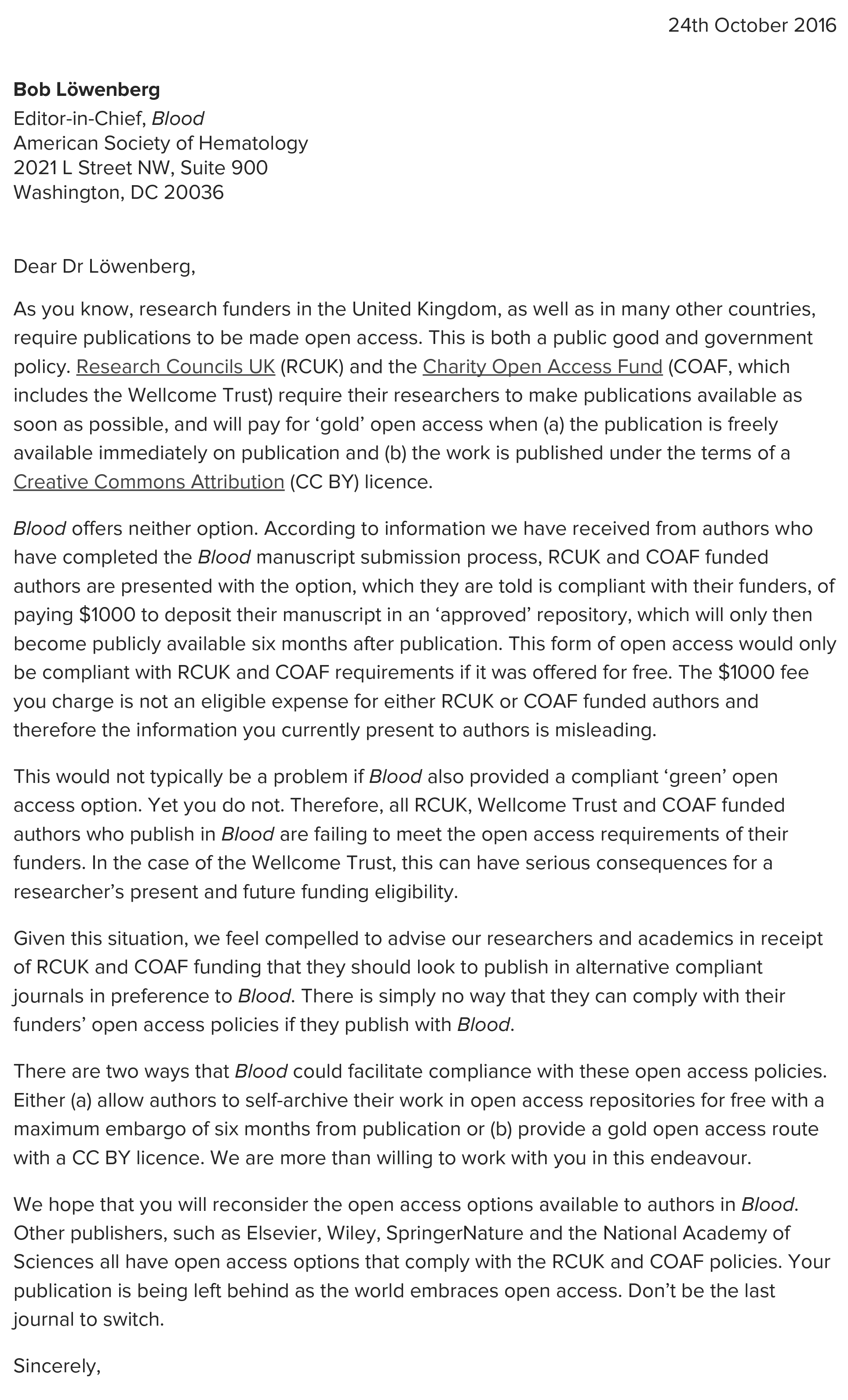Sometimes an innocent question can blow up a huge discussion, and this is what happened recently at an RCUK OA Practitioner’s Group meeting when I asked what was appropriate for institutions to do when managing money they receive as refunds from publishers through offsetting arrangements.
When an institution pays for an article processing charge (APC) in a hybrid journal, it is doing so in addition to the existing subscription. This is generally referred to as ‘double dipping’. I have written extensively about the issues with hybrid in the past, but here, I’d like to discuss the management of offset agreements.
Offset agreements are a compensation by a publisher to an institution for the extra money they are putting into the system through payment of APCs. Most large publishers have some sort of offset agreement for institutions in the UK which are negotiated by Jisc, based on the principles for offset agreements. (There is one significant publisher which is an exception because it insists there is no need for an offset agreement because it does not double dip.)
Offset agreements are not equal
While offset agreements are negotiated nationally, there is no obligation for any institution to sign up to them. Cambridge makes the decision to sign up to an offset agreement or not through a standard calculation. If we are spending RCUK and COAF funds on the offset it must show benefit to the funds first. If the numbers demonstrate that by signing up to (and sometimes investing in) the agreement, the funds will be better off at the end of the year then we sign. The fact this agreement may have a broader benefit to the wider University is a secondary consideration. The OSC has a publisher and agreements webpage listing the agreements Cambridge is signed up to.
In a fit of spectacular inefficiency, all offsets work slightly differently. Here’s a run down of different types:
- In some instances we have a melding of the costs into one payment and there are no transactions for open access. The Springer Compact is an example of this. At Cambridge we have split the cost of this deal between the subscription spend the previous year with the top up being made by our funds from RCUK and COAF in proportion to the amount we publish between these two funders with Springer.
- Other offsets are internal – where the money does not leave the publisher’s system. The Wiley OA Agreement is this type. By signing up we receive a 25% discount on each APC that is managed through their dashboard. We also receive a 50% discount in a given year based on the number of APCs we bought the previous year. This money is calculated at the beginning of the year and the ‘money’ is put into a ‘fund’ held by Wiley. The APC payments for future articles can be made out of this credit. It is is bit like a betting app – you can’t get the money out without some difficulty, you can only ‘reinvest’ it
- There is a different kind of internal offset where the calculation is made up front based on how much you spent the previous year on APCs. These manifest as a discount on each APC paid. Taylor and Francis’ offset works this way which is a bit of a hassle because you still have to process each APC regardless of whether you spend $2000 or $200 on it. But again there is no extra money anywhere in this equation because the discount is applied before the invoice is issued.
- A different kind of arrangement relates more to fully open access journals. These include a membership where you get a discount on APCs for being a member. Sometimes there is a payment associated with this (BMC for example, which for an upfront membership you can get 15% discount), and others where there is no payment (MDPI – 10% discount for now). Alternatively you can ‘buy’ membership for researchers in exchange for the right to publish for free (PeerJ).
- The last type of offset is the most straightforward – where the institution gets a cheque back based on the extra spend on APCs over the subscription. Currently IoP is the only publisher with whom Cambridge has this type of agreement.
Managing offset refunds
When Cambridge received its first IoP cheque in 2015 there were questions about what we could or could not do with it. The Open Access Project Board discussed the issue and decided that the money needed to remain within the context of open access. Suggestions included paying our Platinum membership of arXiv.org with it, because this would be supporting open access.
The minutes from the meeting on 31 March 2015 noted: “Any funds returned from publishers as part of deals to offset the cost of article processing charges should be retained for the payment of open access costs, but ring-fenced from the block grants and kept available for emergency uses under the supervision of the Project Board.” We have since twice used this money to pay for fully open access journal APCs when our block grant funds were low.
Whose money is it anyway?
When the issue of offset refunds and what institutions were doing with it was raised at a recent RCUK OA Practitioners Group meeting it became clear that practices vary considerably from institution to institution. One of the points of discussion was whether it would be appropriate to use this money to support subscriptions. The general (strong) sentiment from RCUK was that this would not be within the spirit, and indeed against the principles, of the RCUK policy.
I subsequently sent a request out to a repository discussion list to ask colleagues across the UK what they were doing with this money. To date there have only been a handful of responses.
In one instance with a medium-sized university the IoP money is placed into a small Library fund that is ring-fenced to pay for Open Access in fully Open Access journals only. This fund has the strategic aim to enable a transition to Open Access by supporting new business models and contributing to initiatives such as Knowledge Unlatched, hosting Open Journal Systems, as well as supporting authors to publish in Open Access venues when they have no other source of funding.
A large research institution responded to say they had a specific account set up into which the money was deposited, noting, as did the other respondents, that the financial arrangements of the University would mean that if it were deposited centrally it would never be seen again. This institution noted they were considering using the funds to offset the subscription to IoP in the upcoming year due to a low uptake of the deal.
Another large research institution said the IoP cheques were being ‘saved’ in the subscriptions budget.
Sussex University
In their recent paper “Bringing together the work of subscription and open access specialists: challenges and changes at the University of Sussex” there is a section on how they are managing the offset money. They note: “It seemed a missed opportunity to simply feed it back into the RCUK block grant, but equally inappropriate to use for journal subscriptions or general Library spending”.
The decision was to support APCs for postgraduate researchers (PGRs) who did not have any other access to money for gold open access, and could only be spent on fully open access journals. They noted that this was a welcome opportunity to be able to offer something tangible and helpful in their advocacy dealings with postgraduate researchers.
Only the start of the conversation
This discussion has raised questions about the decision making process for supporting access to the literature.
Subscriptions are paid for at Cambridge through a fund that is not owned by the Library – the fund consists of contributions from all the Schools plus central funds. Representatives of the Schools, Colleges and library staff sit on the Journal Coordination Scheme committee to decide on subscriptions. However decisions about open access memberships and offsets are made by the Office of Scholarly Communication. Given the increased entanglement of these two routes to access the literature, this situation is one the University is aware needs addressing. The Sussex University paper discusses the processes they went through to merge the two decision making bodies.
This is a rich area for investigation – as we move away from subscription-only spend and into joint decision-making between the subscription team and the Open Access team we need to understand what offsets offer and what they mean for the Library. This discussion is just the beginning.
Published 30 June 2017
Written by Dr Danny Kingsley

